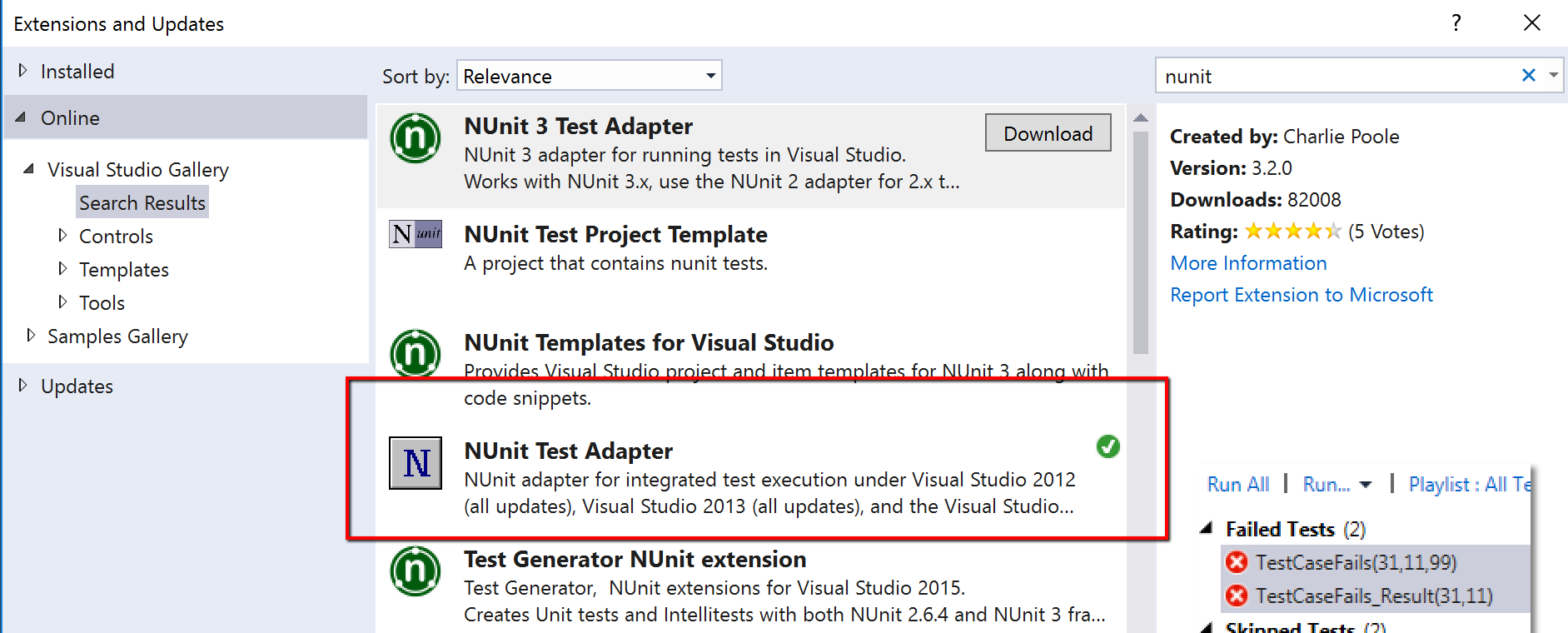

If your IDE has any shortcuts for running tests, make sure to learn and use them. There's not much to really write about this one, but it's worth calling out nonetheless. Now you can add new tests to your suite in seconds!Ĭode templates are also available in Visual Studio, so you can set this up easily there as well if that's your preferred environment. Hitting enter will take you to the body of the new method, as defined by the placement of $end$ in the template. You can continue hitting tab to cycle through the variables to rename them as needed.

With this defined, in a C# code file if you type fact and hit tab twice you will see the template entered where your cursor is, and you'll be editing the first variable. Public void $method$_$scenario$_$expected$()Įach of the variables in the template - method, scenario, expected - should be editable. You can find code templates in Xamarin Studio's preferences under Text Editor > Code Templates:įrom there we can go ahead and add a new template for fact: I tend to stick to a naming convention in my tests of MethodUnderTest_Scenario_ExpectedResult, which is very useful when reading a set of test results to understand what is working and what is not. You can also go ahead and define your own, so one of the first things I do in any fresh install is add a template for tests. By default in Xamarin Studio and Visual Studio a lot of these are defined for you out of the box for C# code, such as prop for creating a property, or ctor for creating a constructor. Code templates allow you to define shortcuts for quickly scaffolding out predictable blocks of code so you don't have to type it all out manually. I'm always surprised to find out how many people don't take advantage of code templates in their IDEs, or even know they exist in the first place. In fact, these tips apply to testing on any platform, so they are not limited to just Xamarin apps. The easier you can make it to add new tests and run them the more value you'll get out of testing. As a followup to that, I want to outline a few tips and tricks for lowering the friction to running these tests. In my my last post I showed how to set up unit tests that can easily be run against.


 0 kommentar(er)
0 kommentar(er)
